How to Train a Dog Who’s Aggressive Towards Other Dogs
Watching your dog lash out at another can be stressful, even embarrassing. But take a deep breath—it’s not your fault, and it’s not theirs either. Aggression toward other dogs is more common than you think, and with the right training, it can be managed. Whether it’s rooted in fear, frustration, or a need to protect their space, there’s a solution. By focusing on understanding and consistent training, you can help your dog feel more secure and calm, no matter who they encounter. Here’s how to start.
Pinpoint What’s Causing the Aggression

Credit: pexels
Dogs don’t lash out for no reason. Aggression often stems from fear, insecurity, or past negative experiences. Take a step back and observe your dog. Does their demeanor change when they see certain types of dogs or specific scenarios? Once you identify the cause, you’ll have a clearer path to helping them feel secure.
Start Somewhere Quiet and Predictable
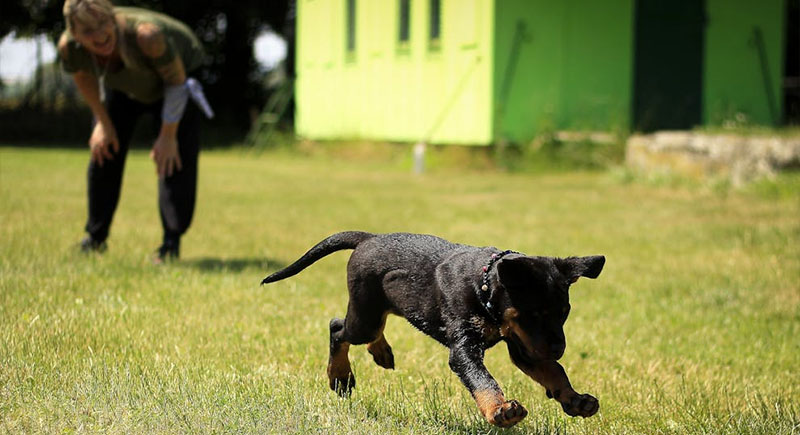
Credit: pexels
Dogs thrive in environments where they feel safe. Begin training in a space that’s free of distractions and surprises—like your backyard or a quiet park. This controlled environment gives your dog the chance to focus on you and the training without feeling overwhelmed by external triggers.
Reward the Good Stuff
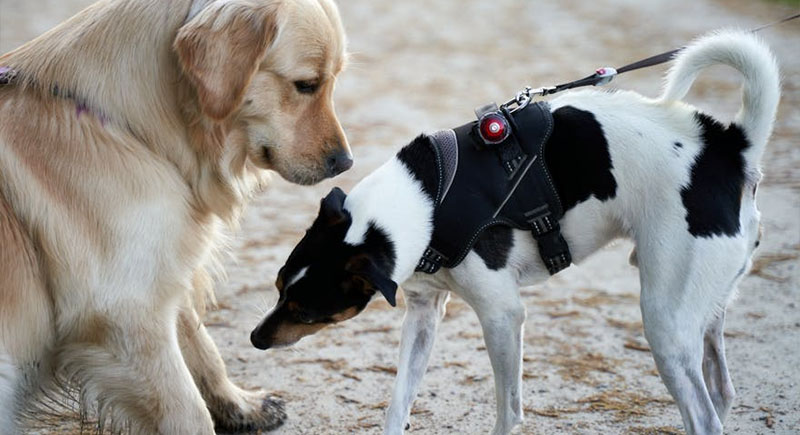
Credit: pexels
If your dog stays calm when another dog walks by, even if it’s at a distance, celebrate that! A treat, a kind word, or even a quick belly rub can go a long way. Dogs learn quickly when their calm behavior earns them something good. This method helps replace their negative reactions with positive expectations.
Teach Commands That Redirect Focus
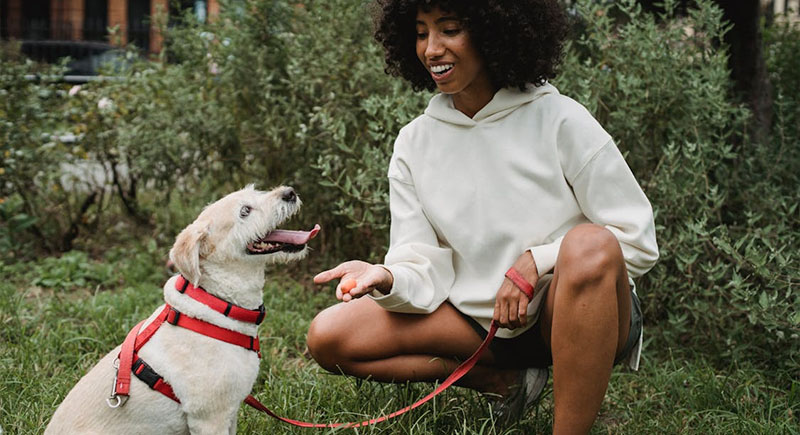
Credit: pexels
Basic obedience isn’t just for show—it’s a lifeline in moments of tension. A solid “sit,” “stay,” or “leave it” can steer your dog’s attention away from what’s stressing them out. The more consistent you are, the more these commands become second nature, even during high-stress encounters.
Walk the Right Way

Credit: pexels
An aggressive dog can turn a simple walk into a wrestling match with the leash. To fix this, focus on loose-leash walking. Keep your movements steady and don’t yank the leash if your dog reacts to another dog. Gently guide them to refocus instead. Walking calmly builds trust and reduces their frustration.
Choose Neutral Ground for Introductions

Credit: pexels
Dogs are territorial by nature. When meeting new dogs, pick a space neither one claims as “theirs.” Neutral zones like open fields or quiet paths can ease tension and set the tone for a more peaceful interaction.
Change the Story with Desensitization

Credit: pexels
If your dog tenses up at the sight of another dog, start at a safe distance where they feel comfortable. Reward them for staying calm, even if the other dog is far away. Slowly close that gap over time, always rewarding their calmness. This teaches them that seeing other dogs doesn’t have to be a bad thing.
Catch the Warning Signs Early
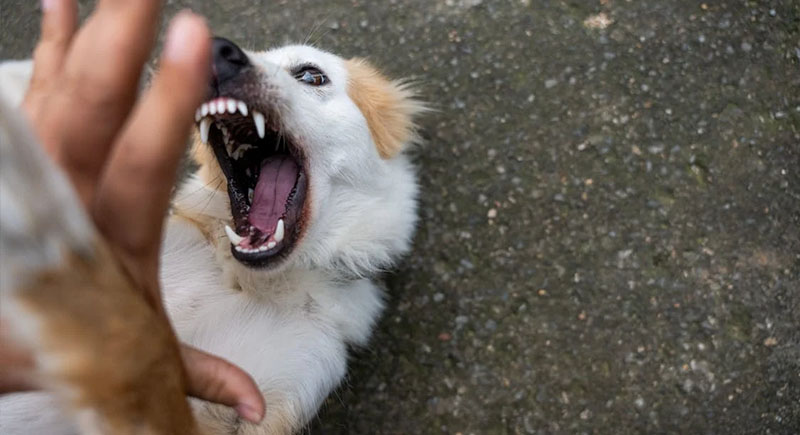
Credit: pexels
A growl or bark is often the final warning; the subtle signs come first. Keep an eye out for stiff body language, intense staring, or a low rumble in their throat. Noticing these cues early means you can intervene before things escalate, giving you the chance to calm the situation.
Introduce Friendly, Calm Dogs
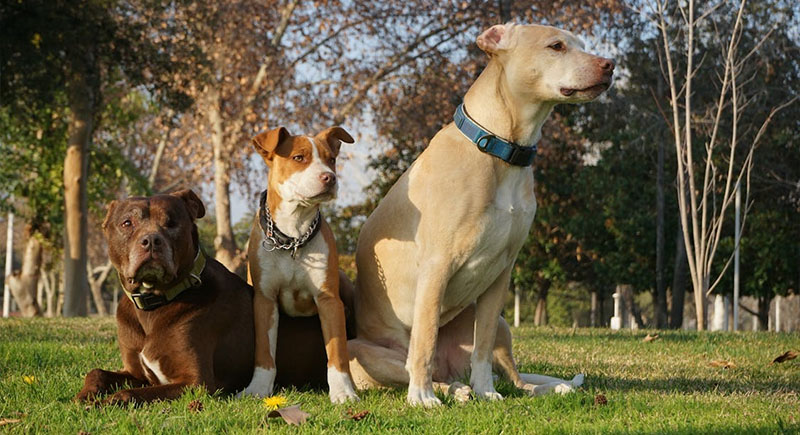
Credit: pexels
Your dog isn’t going to get over their aggression by diving into a dog park. Start small. Arrange one-on-one meetings with calm, non-reactive dogs. A relaxed companion can teach your dog that not every interaction is a threat, building their confidence one step at a time.
Distract, Don’t React

Credit: pexels
When you see your dog fixating on another dog, don’t wait for the growl or lunge. Redirect their attention to something more positive—a toy, a treat, or even a fun command like “spin.” Breaking that fixation early keeps things from spiraling out of control.
Burn Off Extra Energy
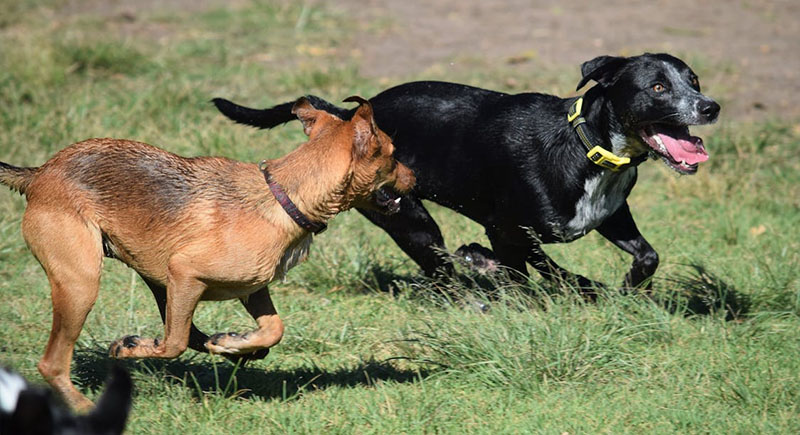
Credit: pexels
A tired dog is a calmer dog. Aggression often bubbles up when dogs are carrying too much pent-up energy. Make daily walks, runs, or games a priority to release that tension. Mental workouts, like puzzle toys, are also great for keeping them occupied and less likely to overreact.
Skip the Harsh Corrections
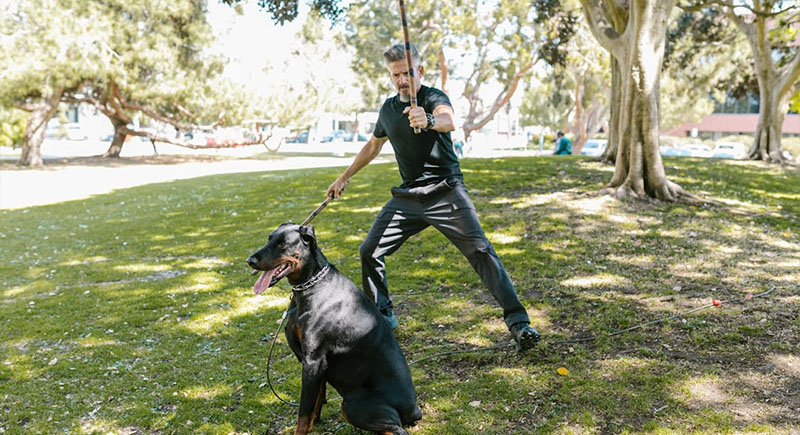
Credit: pexels
Yelling or punishing your dog for aggression may seem like the instinctive response, but it often backfires. Punishment can fuel fear or anxiety, making aggression worse. Stay calm and firm, guiding your dog with patience rather than fear. Trust takes time, but it’s worth it.
Call in the Pros When Needed

Credit: pixabay
Sometimes, managing aggression isn’t a one-person job. Professional trainers or animal behaviorists have the expertise to assess your dog and create a plan tailored to their needs. They can offer insights and techniques you may not have considered, making the process smoother.
Keep Interactions Safe with a Muzzle
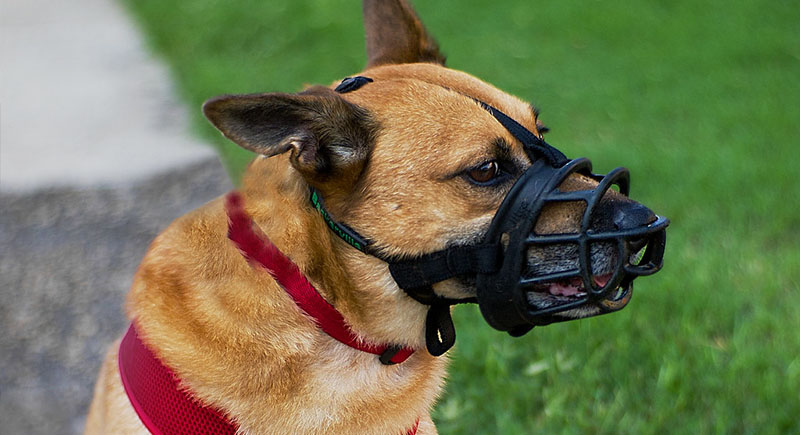
Credit: flickr
When introducing your dog to potentially stressful situations, a muzzle can provide an added layer of safety. Ensure it fits well and doesn’t cause discomfort. Remember, the muzzle is a tool, not a fix—it’s there to keep everyone safe while you work on the underlying behavior.
Set a Routine They Can Rely On
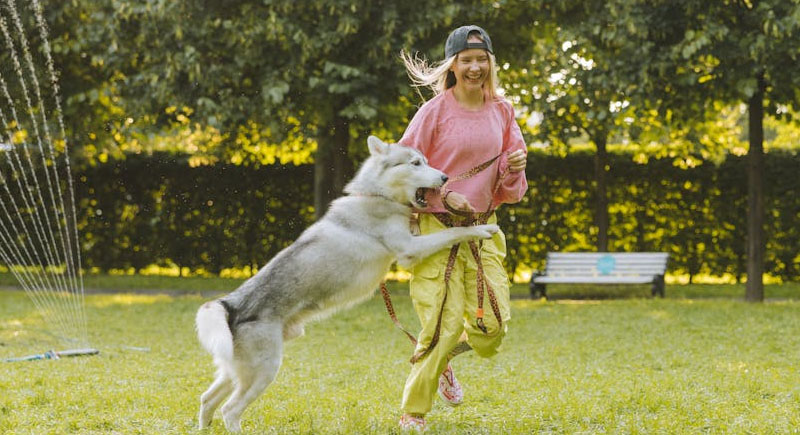
Credit: pexels
Dogs are creatures of habit, and structure gives them a sense of security. Feed, walk, and train them at consistent times every day. A reliable routine can help reduce anxiety, which is often a trigger for aggression. A calm dog is far less likely to lash out.
Plan Positive Dog Encounters

Credit: pexels
It’s important for your dog to experience positive moments with other dogs, even from a distance. Walking near a calm dog without direct interaction can be a great first step. Gradually closing that gap while rewarding calmness can change how your dog feels about canine company.
Keep Your Cool, Always

Credit: pexels
Dogs are incredibly in tune with their owners. If you’re tense or frustrated, your dog will feel it and may react accordingly. Take a deep breath and project calm, confident energy during walks and interactions. It’s amazing how much your mood can set the tone.
Avoid Situations That Overwhelm
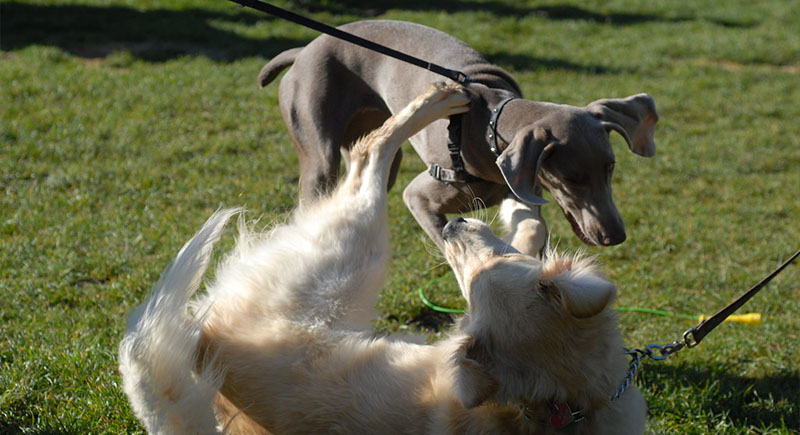
Credit: flickr
Pushing your dog into environments where they feel cornered or bombarded by other dogs can do more harm than good. Stick to quiet settings and gradual exposure. Positive experiences in low-pressure situations are far more effective than chaotic ones in crowded spaces.
Teach Eye Contact as a Lifeline

Credit: pexels
Getting your dog to focus on you in the presence of other dogs is a game-changer. Practice a “look at me” command in stress-free environments, then gradually use it in more challenging scenarios. That eye contact builds trust and helps your dog stay grounded.
Pay Attention to Their Diet
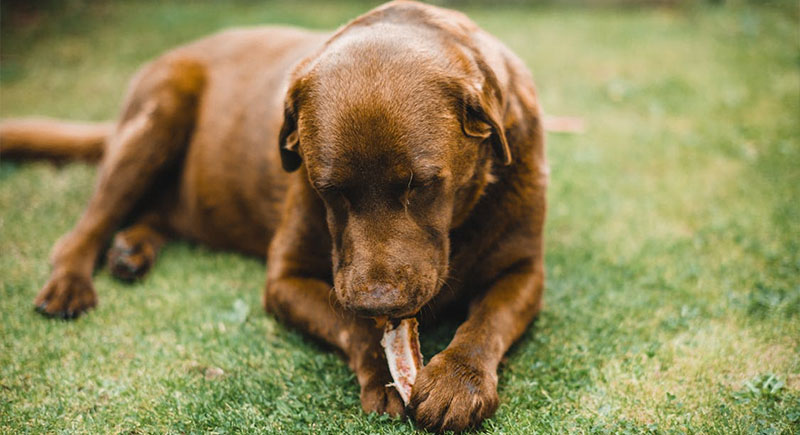
Credit: pexels
What your dog eats can affect their mood and energy. Certain ingredients may cause irritability or restlessness. Check with your vet to ensure their diet is balanced and supports both their physical and emotional well-being.
Stick to Consistency Like Glue

Credit: pexels
Training works best when your dog knows what to expect. Use the same commands, rewards, and corrections every time. This clarity reduces confusion and helps your dog understand what’s expected, making progress smoother and more lasting.
Pick Your Battles Wisely
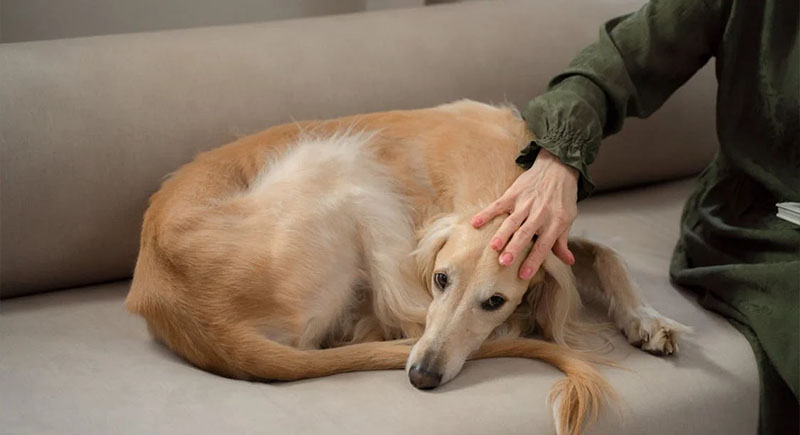
Credit: pexels
Not every day will be perfect. If your dog is already having an off day, it might not be the best time to introduce them to a new situation. Being patient and strategic about when and where you push their boundaries can make all the difference in their progress.
Reinforce Calm at Home
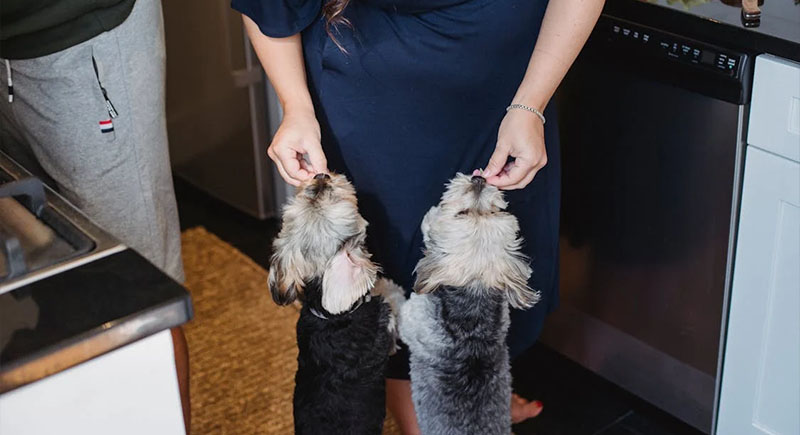
Credit: pexels
Aggressive behavior often starts in the home. If your dog growls when someone gets too close to their bed or food, it’s a sign to work on boundaries. Reinforce calm behavior by rewarding them when they’re relaxed and redirecting any possessive tendencies early.
Trust the Process and Take It Slow
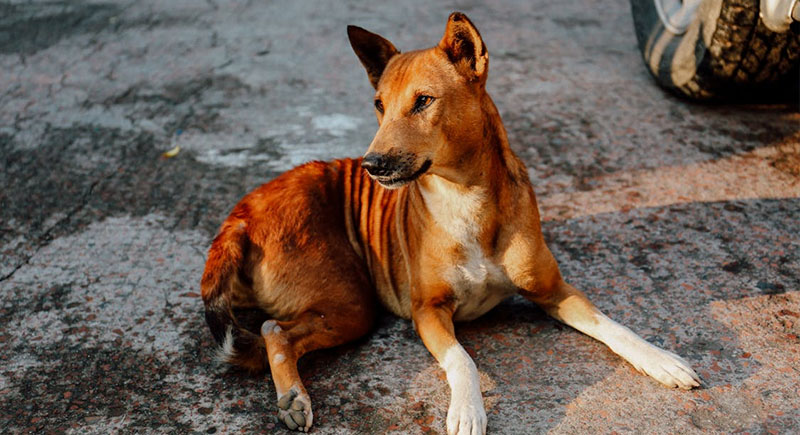
Credit: pexels
Progress with an aggressive dog doesn’t happen overnight. Celebrate the little wins, like staying calm when another dog passes at a distance. Patience and persistence are your best allies in helping your dog learn to feel safe and confident around others. Each small step leads to a calmer, happier dog.
Mind the Dog Park Rules

Credit: Canva
Dog parks can be a great space for socializing, but not all dogs are suited for this environment. Follow the park’s rules and respect other dogs’ boundaries. Please keep your dog on a leash until they’re comfortable with their surroundings, and always supervise to prevent confrontations with unfamiliar dogs.
Read Body Language Beyond the Tail

Credit: Getty Images
A wagging tail doesn’t always mean a happy dog. Pay attention to the entire body language, like ear position, posture, and facial expressions. A tense or stiff body, growling, or raised hackles often signal discomfort or aggression, even if the tail is wagging. Understanding these signs helps prevent potential conflicts.